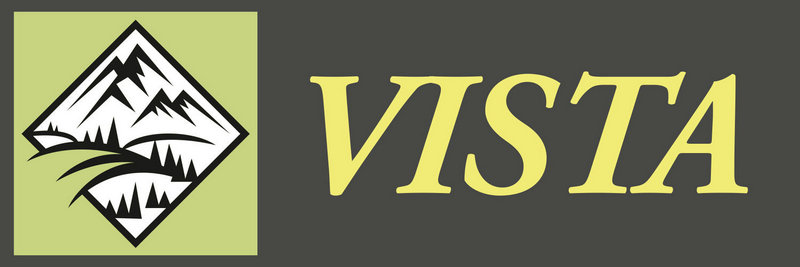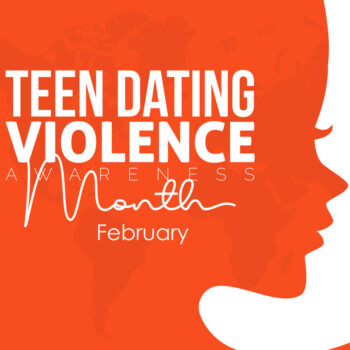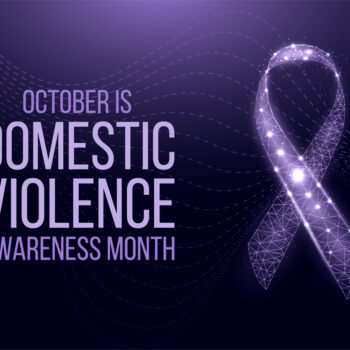YouthLine: Bringing Peer-to-Peer Support to Every Youth
Speakers: Dwight Holton, CEO Lines for Life, Emily Moser, YouthLine Program Director Craig Leets, YouthLine Deputy Director
Forum Sponsor: Vista Counseling and Wellness Center
Date: Friday, February 23, 2024, at noon
Location: Maple Room, Inn at the 5th, 205 East 6th Ave., Eugene, OR
Livestream: City Club of Eugene YouTube Channel
Coordinators: Betsy Pownall, Joel Korin
Content warning: This program includes discussion about suicide and its impact on the individual and the community Suicide rates in Lane County increased by 80% from 2000 to 2020, according to a report from Lane County Public Health. In 2020, the suicide rate in Lane County was 65% greater than the US average, and 21% greater than the rest of Oregon. In the small communities of Junction City, Florence, and Cottage Grove, suicide rates were twice that for all Lane County. In May 2022, it was reported that suicide rates among youth under the age of 24 had nearly doubled in Lane County. In 2021, 42% of high school students reported persistent feelings of sadness or helplessness. This crisis is especially evident in communities of color and among LGBTQ youth, where rates are rapidly increasing, there is hope. While suicide continues to be the second leading cause of death among youth in Oregon, there has been an overall reduction in youth suicide over the last three years.
This reduction reflects Oregon’s commitment and funding to expand youth mental health and intervention programs, such as YouthLine and Lines for Life. Suicide is a public health issue, and this is a call to action. These numbers affect everyone, and everyone can help. It starts with listening. YouthLine, a service of Lines for Life, provides a peer-to-peer help, support, and crisis line for youth ages 10-24 every day of the year, with options to call, text, or chat. With call centers in Portland, Bend, and Warm Springs, YouthLine recruits upwards of 200 volunteers and interns each year to serve youth all over the country. In this program, we will cover the three core components of YouthLine: the help, support, and crisis line; youth and workforce development; and education and outreach. Additionally, speakers will discuss the top issues for which young people seek support from YouthLine and provide some tips and resources for supporting youth. Finally, our presenters will share a brief history of Lines for Life and describe the important work the organization has been doing throughout Oregon for over 30 years.
Dwight Holton is the CEO of Lines for Life, the leading suicide and substance abuse prevention non-profit in the Northwest. Lines for Life helps over 170,000 families a year with its crisis intervention and prevention services, including mental wellness promotion, advocacy, and public policy development. Mr. Holton took the reins at Lines for Life after 15 years as a federal prosecutor, most recently as United States Attorney for Oregon. He prosecuted hundreds of federal criminal cases in Oregon and Brooklyn, New York, including terrorism and violent crime, narcotics trafficking, fraud, and environmental crimes. Through his work as a prosecutor, Mr. Holton learned the importance of early intervention and prevention strategies – and as U.S. Attorney, he launched efforts to improve access to addiction treatment and better mental health services.
Mr. Holton has worked to carry Lines for Life programs and initiatives to diverse communities throughout Oregon – including a satellite YouthLine office that opened in Central Oregon in 2019. Mr. Holton has also led efforts to expand cultural engagement at Lines for Life, supporting neighborhood empowerment to build better access to mental wellness and crisis intervention services in communities of color. He serves on the boards of Salmon Safe and the Basic Rights Oregon PAC, and the Oregon Alcohol and Drug Policy Commission.
Since 2002, he has taught classes at Lewis and Clark Northwestern School of Law in Portland. Mr. Holton lives in Southeast Portland with his wife, Mary Ellen Glynn, and their children. Emily Moser is a member of the Leadership Team for Lines for Life. She directs YouthLine Programs and oversees the agency’s youth-related services. These include mental health education, training, and outreach; youth development and mentoring for more than 150 youth volunteers; statewide school suicide prevention; and a pilot program for online crisis support via social media. She has been on staff at Lines for Life for over a decade, with a primary focus on youth.
Ms. Moser is a trainer in several evidence-based mental health and suicide-related programs, such as safeTALK, Youth Mental Health First Aid, and the Olweus Bullying Prevention Program. She has also provided Crisis Intervention Training to law enforcement agencies throughout Oregon. Ms. Moser has actively participated in statewide youth development via the Oregon Alliance to Prevent Suicide and Southwest Portland Boards for youth athletics. She earned a BA from the University of Oregon in business and dance, and MAT from Lewis and Clark College, and an MPA from Portland State University. Ms. Moser spends much of her free time outdoors with the family, which includes her husband Greg, two children, three dogs, and a cat.
Craig Leets began in January 2022 as the first YouthLine Deputy Director at Lines for Life, after spending a short stint at the Oregon State Treasury and almost a decade in Higher Education, where he led LGBTQ resource centers. Much of his career has focused on advocating for minoritized communities and facilitating organizational development to create more welcoming environments for all people.
Outside of work, Mr. Leets has served on boards for local nonprofits supporting survivors of domestic violence and sexual assault. He earned an MA in Counseling and Personnel Services from the University of Maryland and a BA in Communication Studies from Chapman University. Outside of work, Mr. Leets enjoys spending time with friends and family, taking long walks, sampling localvegan food, and drinking decaf coffee from shops across Portland.
Program Sponsor:
Vista Counseling and Wellness Center is our featured sponsor for this forum, YouthLine: Bringing Peer-to-Peer Support to Every Youth. Vista Counseling strives to provide the highest level of care and service to our clients and community, helping them to remove barriers in order to reach their full potential.
About the City Club of Eugene:
The mission of the City Club of Eugene is to build community vision through open inquiry. The Club explores a wide range of significant local, state, and national issues and helps to formulate new approaches and solutions to problems. Membership is open to all, and Club members have a direct influence on public policy by discussing issues of concern with elected officials and other policymakers. The City Club mailing address is PO Box 12084, Eugene, OR 97440, and its website is cityclubofeugene.org.
Video and Broadcast:
This program will be live-streamed and will be available on the City Club of Eugene’s Facebook page and YouTube channel. Rebroadcasts and recordings will be available the Monday immediately following the program at 7:00 pm, on KLCC 89.7 FM and available later as an episode on City Club’s podcast. Visit cityclubofeugene.org for links and details.
Contact: Betsy Pownall, betsy327@comcast.net, Joel Korin, joelkorin@gmail.com












